Stanford Researchers Discover Anti-Aging Enzyme and Drug Candidate
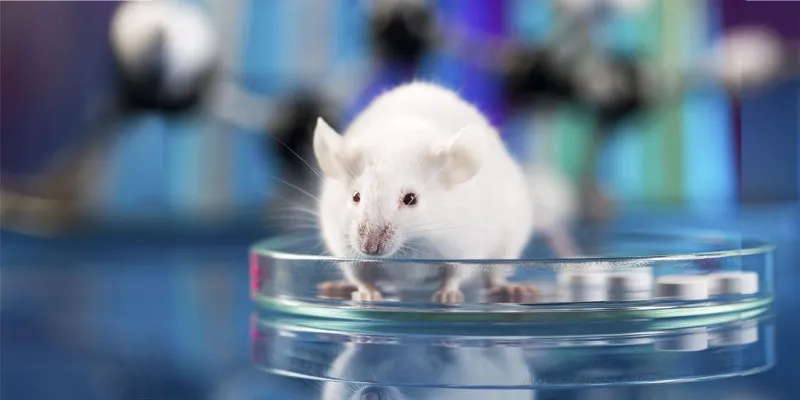
19 October 2023
Researchers have identified a molecule that boosts strength in aging and injured mice by restoring nerve-muscle connections. It inhibits an enzyme, 15-PGDH, which increases in aging muscles. The breakthrough study results suggest potential treatments for muscle frailty in humans due to aging or disease.
Stanford Medicine scientists have made a significant discovery that might pave the way to combat muscle frailty in aging populations. Their findings point towards a drug that enhances strength in old and injured mice by restoring the lost connections between nerves and muscle fibers. The team hopes their findings, published in Science Translational Medicine, could lead to human clinical trials within the next year.
The discovery revolves around a small molecule that, when introduced to mice, blocks the activity of an enzyme called 15-PGDH. This enzyme, termed a 'gerozyme,' naturally increases in muscles as they age. Notably, it is also prevalent in individuals with neuromuscular diseases.
The researchers found that inhibiting this enzyme leads to the regeneration of damaged motor neurons - the nerves linking the spinal cord to muscles. This indicates that not only can lost muscle strength be potentially regained, but the treatment might also speed up recovery from injuries.
As people age, they typically experience a loss of muscle mass and strength, with some losing as much as 10% per decade after the age of 50. This muscle weakening can be exacerbated by conditions like spinal muscular atrophy or ALS. The study's senior author, Professor of microbiology and immunology Helen Blau, emphasized the significance of their findings, stating,
“There is an urgent, unmet need for drug treatments that can increase muscle strength due to aging, injury or disease. This is the first time a drug treatment has been shown to affect both muscle fibers and the motor neurons that stimulate them to contract in order to speed healing and restore strength and muscle mass. It’s unique.”
The research team, previously discovered that a molecule named PGE2 is essential for repairing damaged muscle fibers. Their new research reveals that levels of 15-PGDH, which degrades PGE2, rise in muscles with age. By inhibiting this enzyme, the team could counteract the strength loss that accompanies aging.
“PGE2 is part of the body’s natural healing mechanism, and its levels increase in muscle after injury. We wanted to learn how age triggers an increase in 15-PGDH, and therefore the degradation and loss of PGE2,” Professor Blau said.
One of the study's most exciting findings is the observation that when a drug inhibiting 15-PGDH is administered to mice with nerve cuts, the nerve regenerates more rapidly, making quicker contact with muscles and accelerating recovery of strength.
The researchers are optimistic about the potential human applications of their findings. They have identified traces of 15-PGDH in the muscle fibers of people with several neuromuscular disorders, indicating a potential role of the enzyme in these conditions.
A company named Epirium Bio has been co-founded, aiming to develop similar drugs for human use. If all goes as planned, clinical trials might be initiated within the next year.
“Our next steps will be to examine whether blocking 15-PGDH function in people with spinal muscular atrophy can increase lost muscle strength in combination with gene therapy or other treatments. We are also looking at ALS to see if something like this might help these patients. It’s really exciting that we are able to affect both muscle function and motor neuron growth,” Professor Blau said.
While the implications of the study are vast, it's essential to approach them with cautious optimism. If the drug's effects in mice can be replicated in humans, it could mark a significant advancement in the battle against muscle weakness due to aging or disease.
The study, funded by various institutions, including the National Institutes of Health and the Canadian Institutes of Health, was published in Science Translational Medicine on Oct. 11.
Abstract of the research
Regeneration of neuromuscular synapses after acute and chronic denervation by inhibiting the gerozyme 15-prostaglandin dehydrogenase
Abstract: To date, there are no approved treatments for the diminished strength and paralysis that result from the loss of peripheral nerve function due to trauma, heritable neuromuscular diseases, or aging. Here, we showed that denervation resulting from transection of the sciatic nerve triggered a marked increase in the prostaglandin-degrading enzyme 15-hydroxyprostaglandin dehydrogenase (15-PGDH) in skeletal muscle in mice, providing evidence that injury drives early expression of this aging-associated enzyme or gerozyme. Treating mice with a small-molecule inhibitor of 15-PGDH promoted regeneration of motor axons and formation of neuromuscular synapses leading to an acceleration in recovery of force after an acute nerve crush injury. In aged mice with chronic denervation of muscles, treatment with the 15-PGDH inhibitor increased motor neuron viability and restored neuromuscular junctions and function. These presynaptic changes synergized with previously reported muscle tissue remodeling to result in a marked increase in the strength of aged muscles. We further found that 15-PGDH aggregates defined the target fibers that are histopathologic hallmarks of human neurogenic myopathies, suggesting that the gerozyme may be involved in their etiology. Our data suggest that inhibition of 15-PGDH may constitute a therapeutic strategy to physiologically boost prostaglandin E2, restore neuromuscular connectivity, and promote recovery of strength after acute or chronic denervation due to injury, disease, or aging.

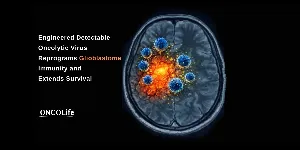
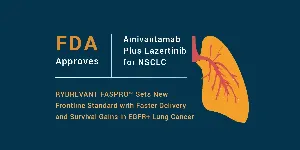
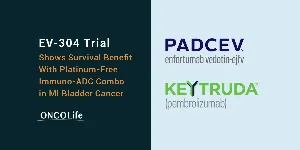

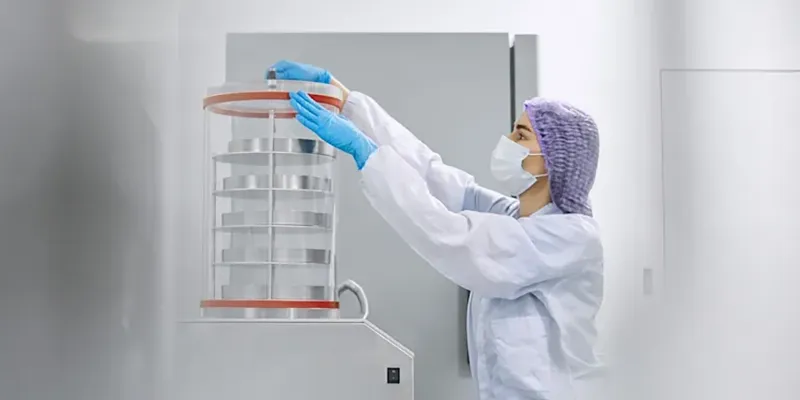




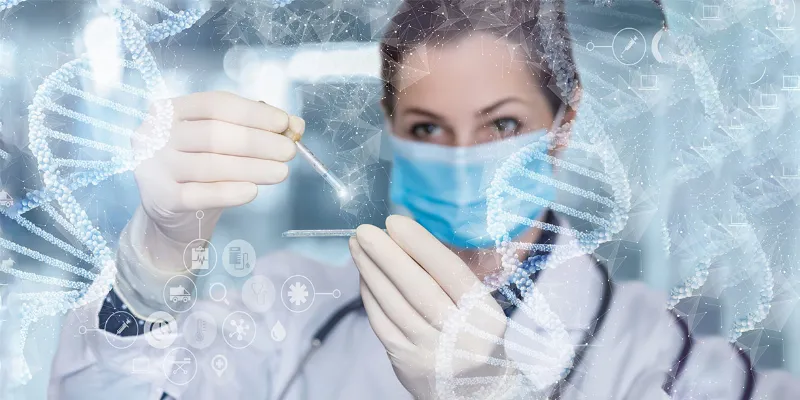
Comments
No Comments Yet!